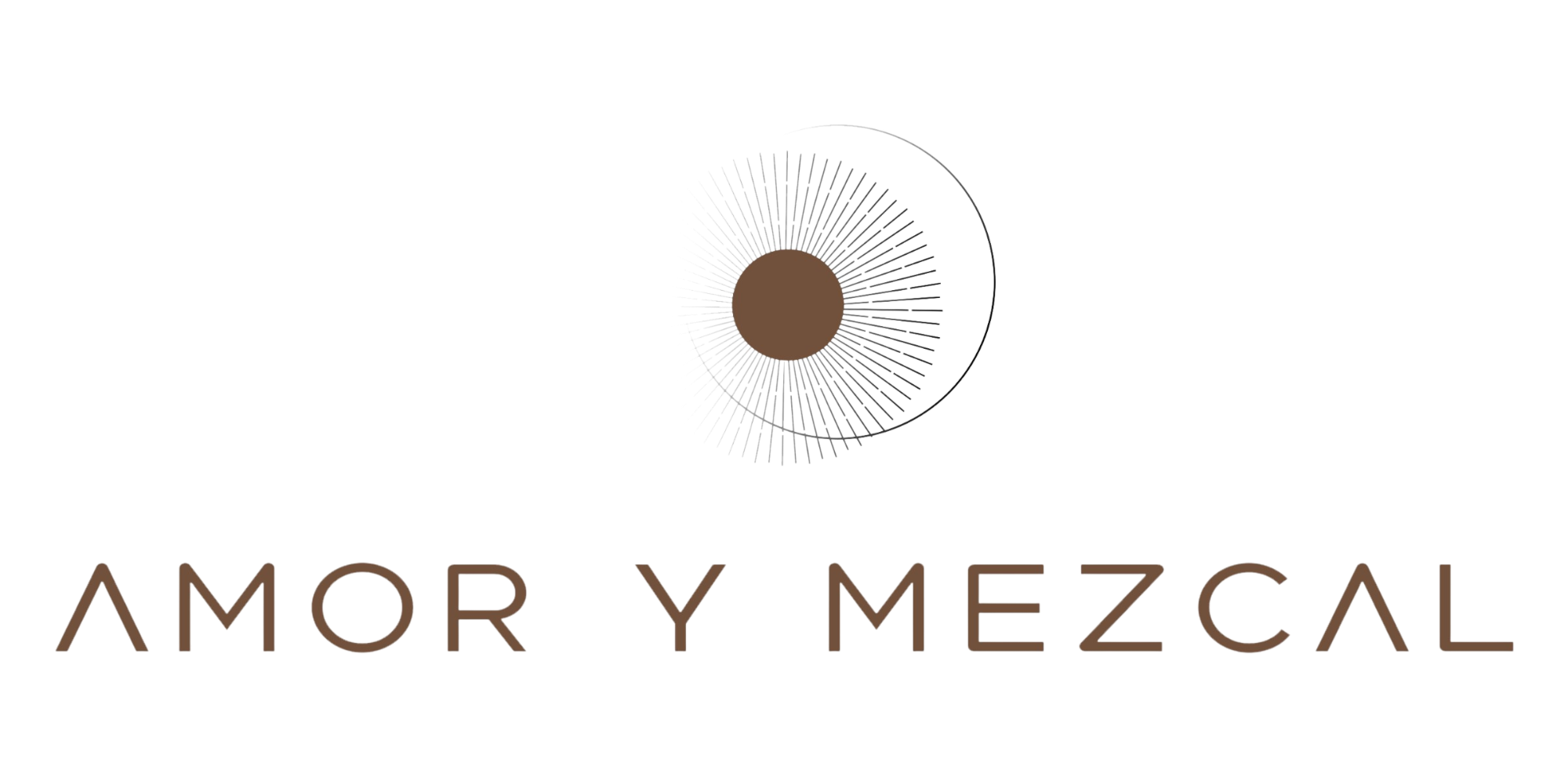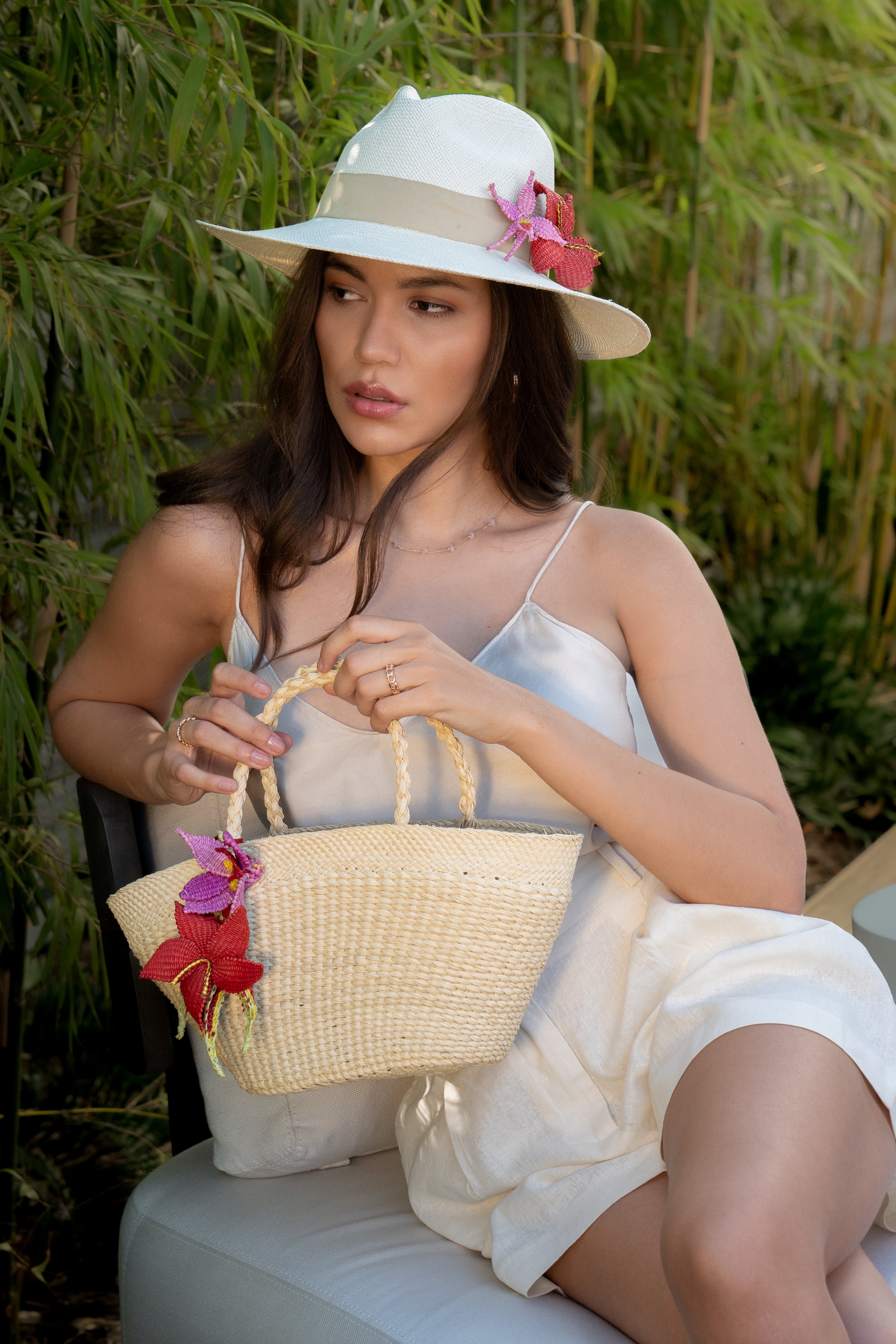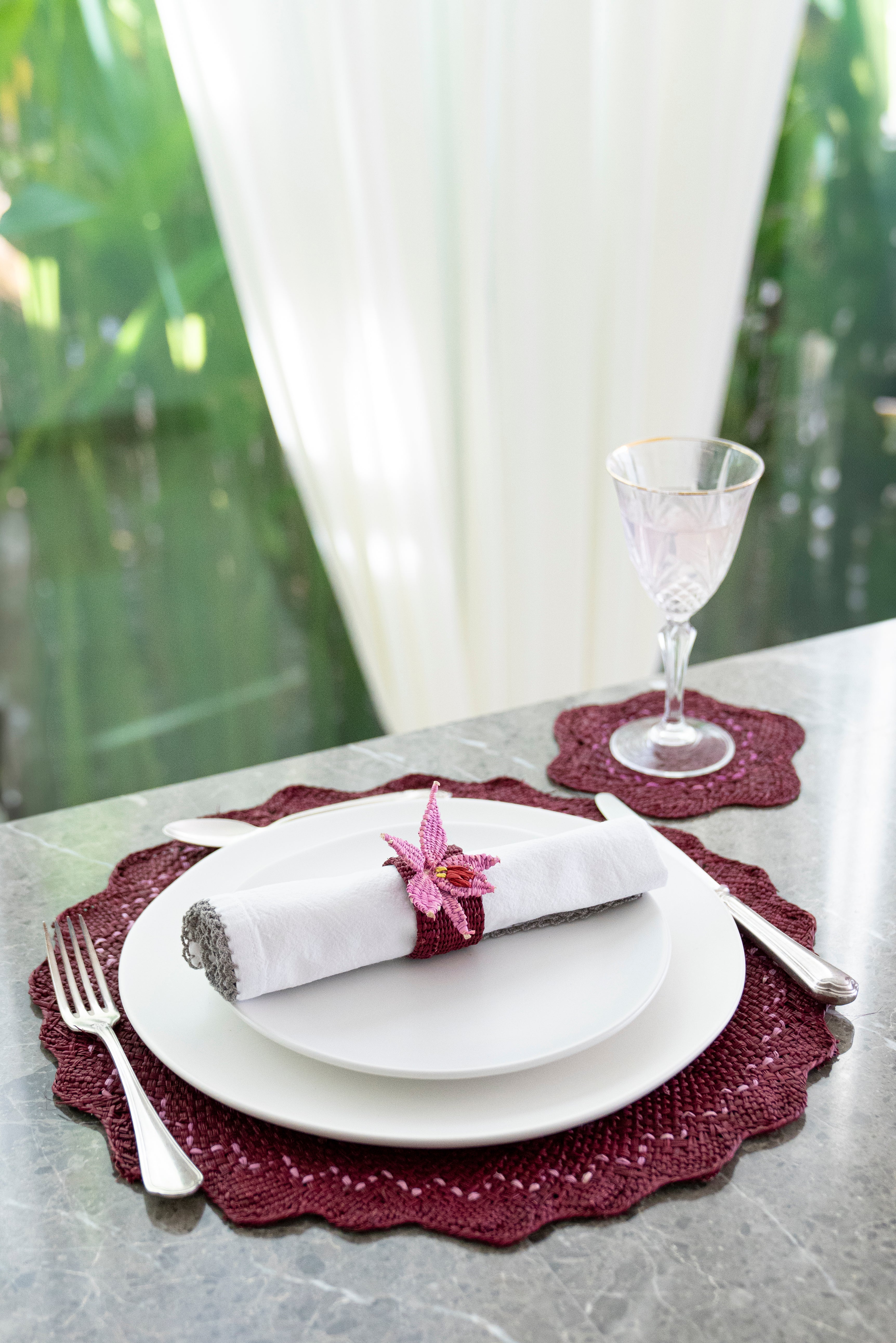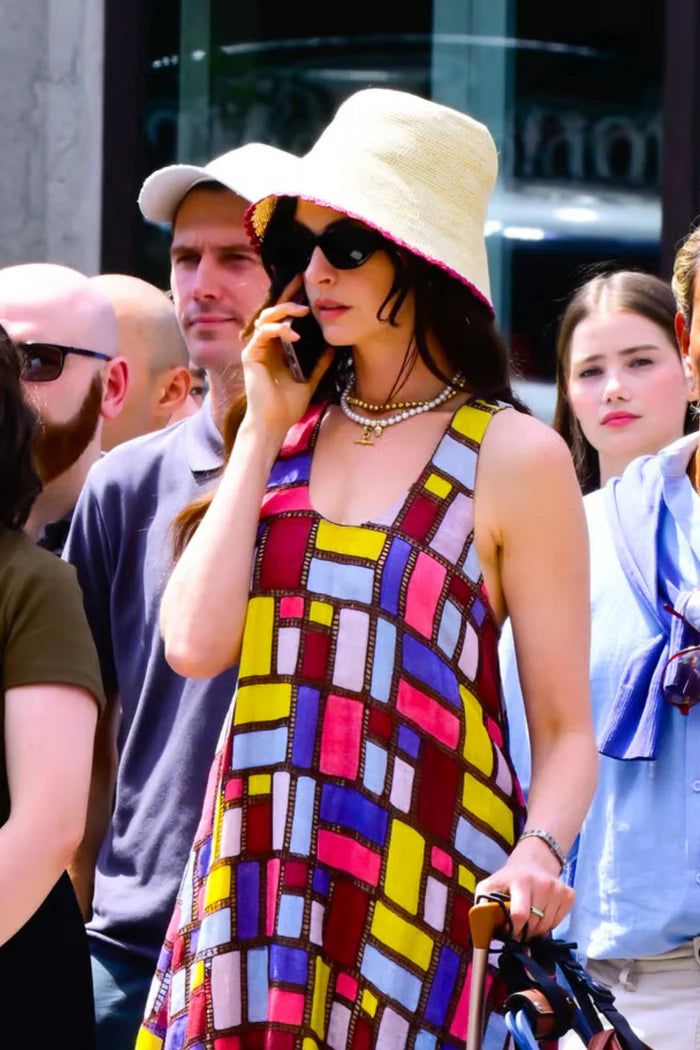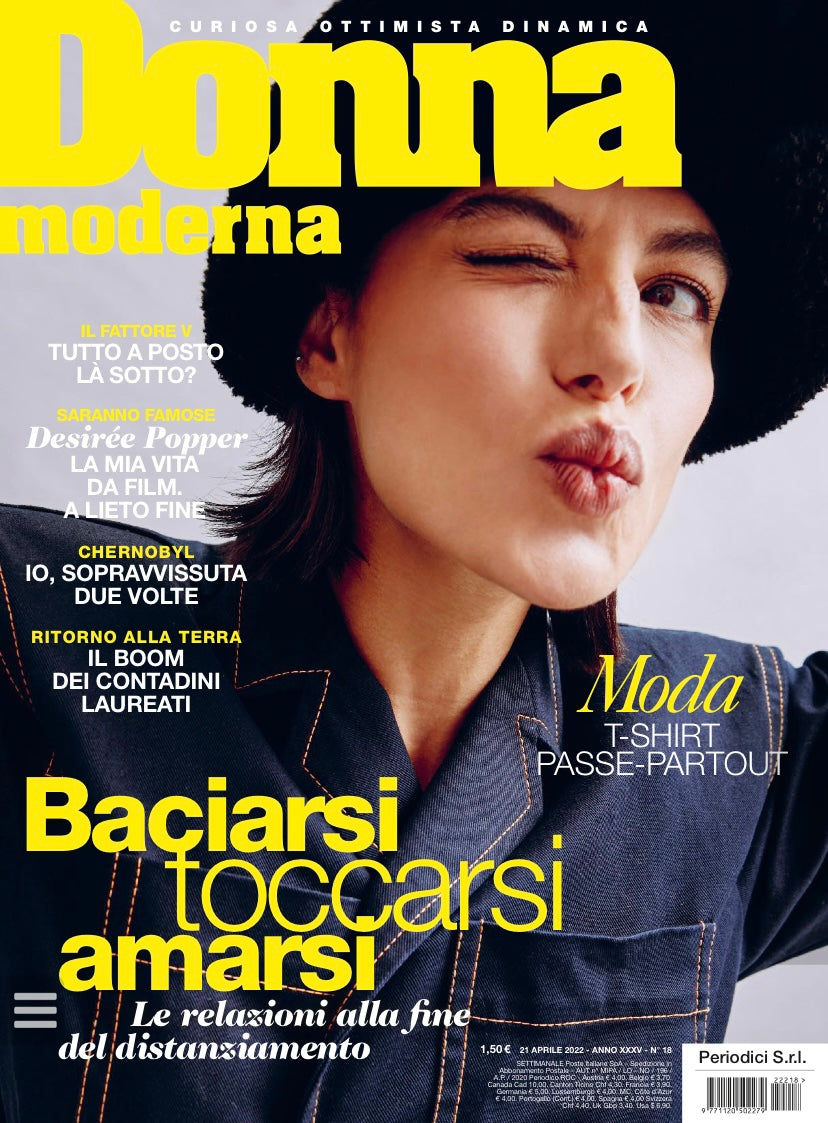Origins in Ecuador
Long before its name became famous, the Panama hat was born under the equatorial sun of Ecuador. Woven from the supple fibers of the Carludovica palmata, these hats began as protection for coastal communities, humble yet vital companions against the heat.
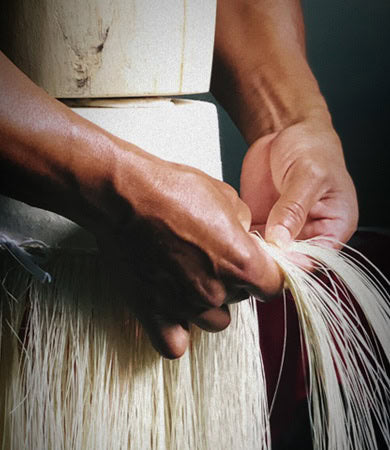
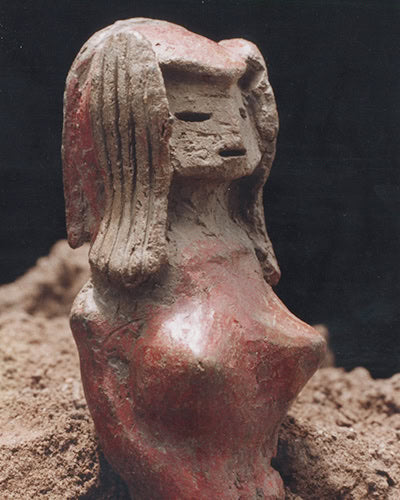
The Craft Refined
By the 17th century, towns like Montecristi and Jipijapahad perfected the art of weaving. So fine was the work that legends spoke of hats able to hold water or slip through a wedding ring. Each creation was not a product but a ritual — months of patient weaving, threads of time bound together.

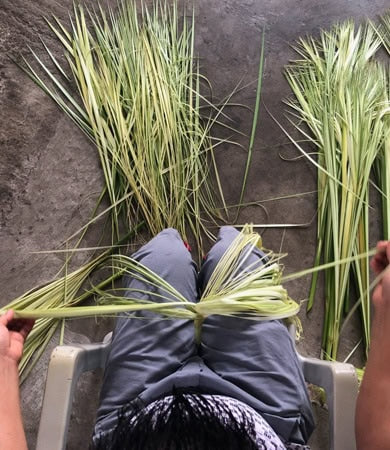

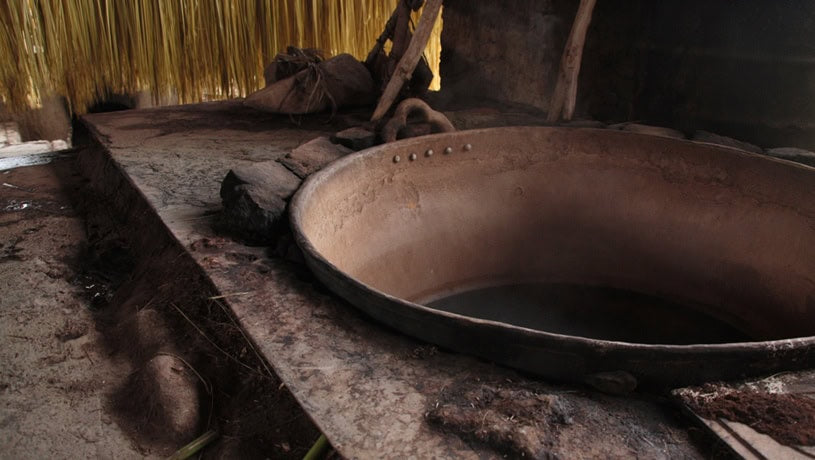
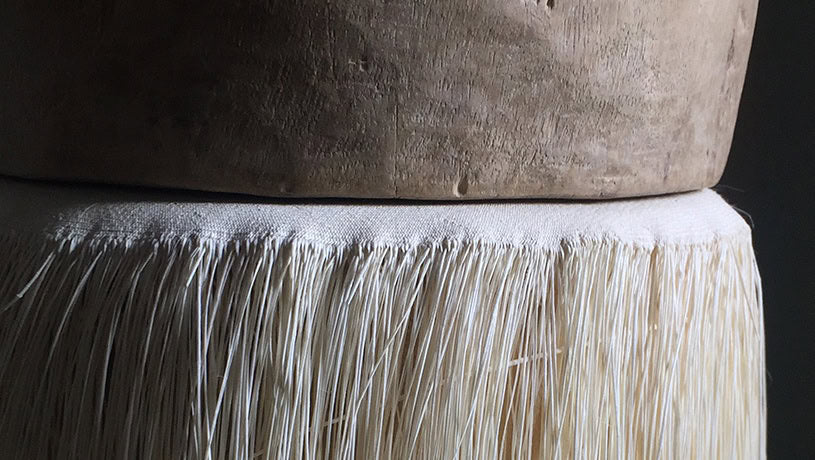
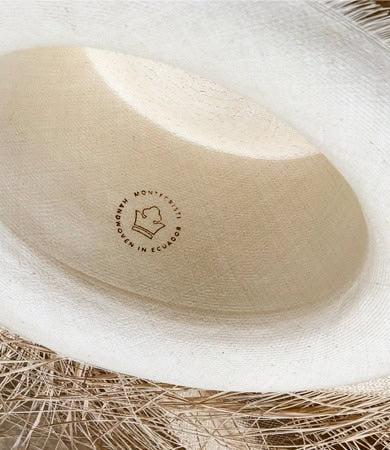

The Misnomer
Despite its Ecuadorian roots, the world came to know it as the “Panama hat.” In the 19th century, shipments passed through Panama — then a vital hub of trade. Travelers bought them there, attaching the name to the wrong soil. The myth endured, stronger than geography.

A Global Icon
The turning point came in 1906, when President Theodore Roosevelt was photographed at the Panama Canal wearing the hat. The image traveled the world, tying forever the name of Panama to Ecuador’s most elegant creation. Even earlier, at the 1855 Paris World’s Fair, the hat had enchanted European audiences, mistakenly cataloged but unforgettable in its refinement.

UNESCO Recognition
In 2012, UNESCO honored the weaving of the toquilla straw hat as an Intangible Cultural Heritage of Humanity. A gesture that acknowledged not just a craft, but the lives, patience, and identity of those who keep it alive.

A Legacy Woven in Time
The Panama hat is more than an accessory. It is a symbol of endurance, a geography of memory carried in each strand. It speaks of artisans who never rushed their hands, of a culture that found elegance in restraint. In today’s world of immediacy, it endures as the rarest luxury: authenticity made visible.
We collect stories in places where tradition is expressed trough crafts since 2013

